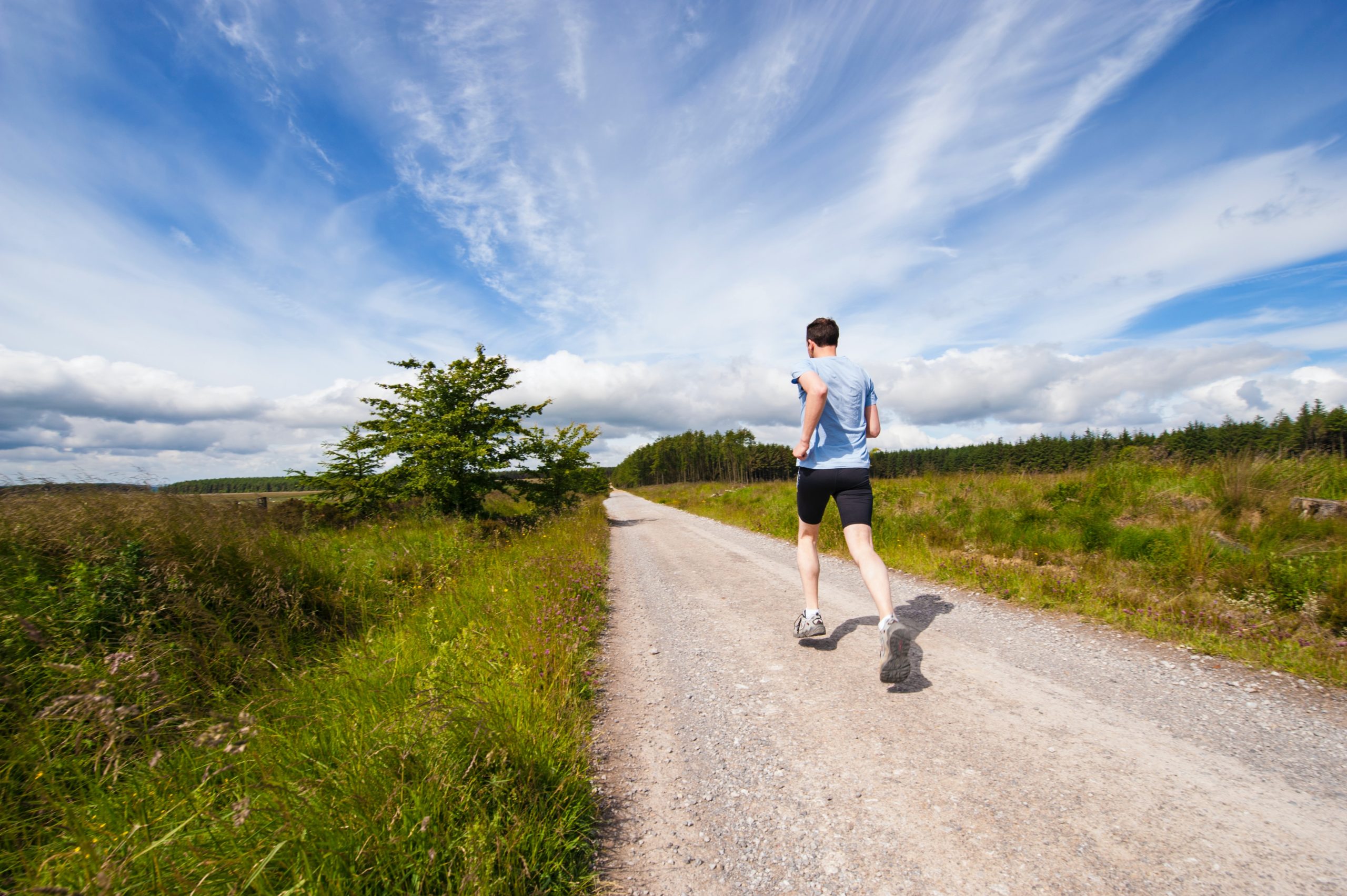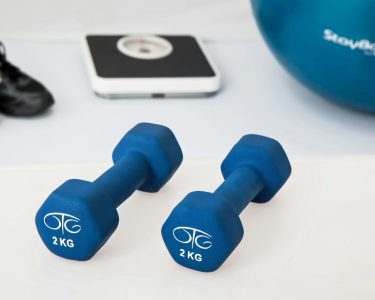When it comes to staying fit, nothing should hold you back – not even a disability. Living with a physical or mental condition may seem like an obstacle when it comes to maintaining an active lifestyle, but there are plenty of ways to break down those barriers and adapt fitness routines that work for you! In this blog post, we’ll explore some tips and tricks for adapting your exercise regimen to accommodate disabilities so you can stay healthy, happy, and motivated no matter what challenges come your way. So let’s get started on breaking down barriers together!
What is a Disability?
Disabilities are conditions that prevent people from doing things they can do without them. There are many different types of disabilities, and the term can refer to physical, intellectual, developmental, sensory, and mental limitations.
Physical disabilities include paralysis, blindness, deafness, and mobility limitations. Intellectual disabilities include low IQs and autism spectrum disorders. Developmental disabilities involve problems with motor skills or speech development. Sensory disabilities include difficulties with touch, smell, or taste. Mental disabilities include conditions such as schizophrenia and bipolar disorder.
People with disabilities often have to make adjustments in their lives to account for their condition. For example, someone who is blind may need to use a cane or other guide dog when walking outside. Someone who has difficulty moving around might need help getting out of bed each morning.
Some people with disabilities may find it easier than others to adjust to a new fitness routine. People with physical limitations may be able to complete most exercises without assistance, while those with intellectual or developmental disabilities may require modifications such as using cue cards or Braille during exercise class. Those with sensory impairments may need instructions in sound or movement in order to fully participate in a workout session.
Anyone can benefit from incorporating some accommodations into their fitness routine – whether you have a disability or not! By making small adjustments to your routine – like providing verbal cues during exercise – you can effectively challenge yourself without putting unnecessary strain on your body
Types of Disabilities
There are many different types of disabilities, so it can be hard to know what adjustments to make to your fitness routine. This guide will outline the most common disabilities and suggest corresponding modifications to your workout.
Paralyzed: If you have a paralyzing injury, you won’t be able to move any part of your body below the shoulders. To accommodate this, adjust your exercises so that they focus on the upper body and core muscles.
Athletic Dyslexia: Athletic dyslexia is a condition that affects how easily people learn new skills, like how to do athletic movements correctly. This means that some exercises might be too difficult for you, and you may need to modify them accordingly. Try splitting the exercise into two parts or doing mini-sets of several repetitions instead of one giant set.
Spinal Cord Injury: Depending on where your spinal cord was injured, you may experience different limitations when it comes to mobility and physical activity. The following list outlines some general tips for adapting fitness routines based on your specific injury:
• Use exercises that work both the large muscles in your legs and arms as well as smaller muscle groups in those areas; • Focus on stretching and balance-training exercises; • Consult with a doctor or physical therapist about specific workouts that would be best for you; • Be patient – even after making appropriate adaptations, some activities may still be beyond your current capabilities.
Multiple Sclerosis: People with Multiple
Physical Disabilities
Physical disabilities can impact many aspects of someone’s life, including their ability to exercise. Even if you’re not disabled, adapting your fitness routine to accommodate your own needs may help you reach your fitness goals.
When adapting a fitness routine, begin by reviewing what activities are feasible for you and making adjustments accordingly. For example, if you have trouble walking long distances, start with shorter routes or modify the intensity of your workouts. You also may want to consider using assistive equipment, such as a cane or walker, during certain exercises.
If you have difficulty understanding written instructions or need help following a specific routine, enlist the help of a trainer or physical therapist. They can provide you with specific recommendations for modifying your workout and offer support throughout the process.
Overall, remember that everyone is different and there is no one-size-fits-all approach to fitness. By breaking down barriers and incorporating modifications where necessary, you’ll be able to reach your fitness goals even if you have a physical disability.
Mental Disabilities
People with disabilities often face unique challenges when it comes to fitness. This is due to the fact that many traditional fitness routines are not adaptable or accessible for those with mental or physical disabilities. To make things easier, here are a few tips for adapting fitness routines for people with disabilities:
1. Seek out support: In order to make adapting fitness routines easier, it’s important to have support from others. This means finding someone who can help you identify any potential challenges and work together to overcome them. There are many organizations that offer support groups specifically designed for people with disabilities, so be sure to look into optionsavailable in your area.
2. Consider using adaptive equipment: Another option for making fitness routines more accessible is to use adaptive equipment such as crutches, canes, or wheelchairs. With this type of assistance, users can still complete most exercises and workouts without too much difficulty.
3. Take advantage of adaptive programming: Finally, don’t forget about adaptive programming – a great way to make your routine even more accessible is to focus on exercises and workouts that are specifically tailored towards people with disabilities. Many gyms and studios offer special programs just for those who need extra assistance getting started or staying motivated during their workout routine.
Adapting Fitness Routines for People with Disabilities
Adapting fitness routines for people with disabilities can be a challenge, but it’s important to remember that everyone is different. People with disabilities may have different strengths and weaknesses that affect their ability to participate in regular exercise.
Some tips for adapting fitness routines for people with disabilities include:
1. Make sure you know your individual limitations.
Before starting a new routine, take time to assess your own abilities. This includes evaluating how much effort you can put into an activity and checking whether any assistance is necessary, such as using a wheelchair or prosthetic device.
2. Talk with your doctor or therapist about the best way to accommodate your needs.
It’s important to work together with medical professionals when adapting fitness routines because they understand the specific needs of people with disabilities better than anyone else. Your doctor or therapist can give you specific guidelines on how best to participate in exercise and recommend exercises and activities that are safe for you.
Tips for Breaking Barriers
There are plenty of ways to adapt fitness routines for people with disabilities, but it can be tough getting started. Follow these tips to get started:
1. Ask around. If you don’t know how to modify a fitness routine for someone with a disability, ask your friends, family members, or professionals who do. They may have already tried some adaptations that worked for them and can share the tricks with you.
2. Use tools and resources. Many fitness programs and websites offer tools to help individuals with disabilities modify their routines. These include instructions on how to create an individualized workout plan, printouts of suggested exercises, and video tutorials that show users how to perform specific exercises correctly.
3. Diversify your routine. If one exercise isn’t accessible or doesn’t work for you, try another one instead. You might also want to mix up the types of exercises you do each day so that your body gets a variety of stimuli and muscles get a break from time to time.
4. Take breaks often. If your body is feeling tired after completing an exercise routine, take a break before continuing on with the next one in the series. This will allow your body time to recover and avoid injuring yourself during your workout session
Conclusion
It can be difficult to maintain a fitness routine when you have disabilities, but it is not impossible. By following some simple tips and adapting your routine, you can make it easier for yourself and reach your fitness goals. Make sure to consult with your doctor before starting any new exercise program, as some adaptations may require special equipment or modifications. Be patient and persistent; with a little effort, you can break through any barriers and achieve the fitness results that you desire.




